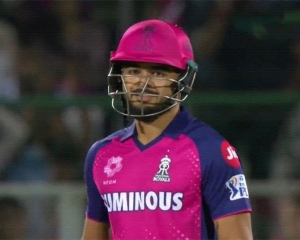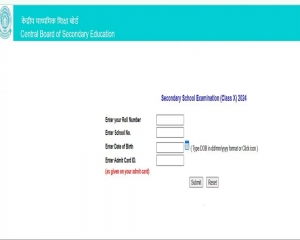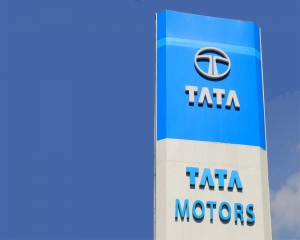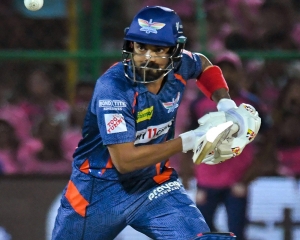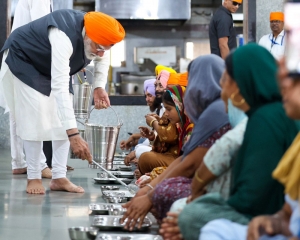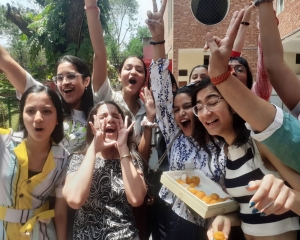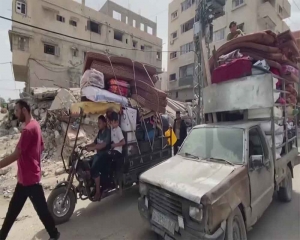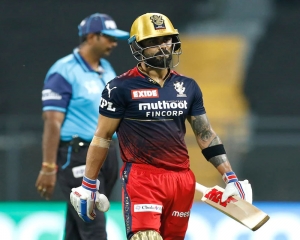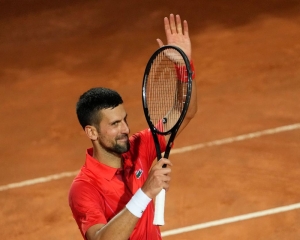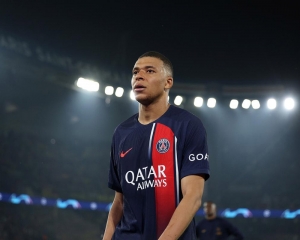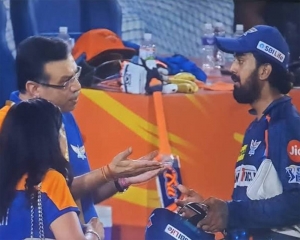Mass media is being recognised as the fourth pillar of democracy and plays a significant role in strengthening people’s democracy.
In the age of information with a revolution in information technology to access information, it is equally important to ensure the representation of people from diverse background in media to strengthen democratic space by making inclusive of all social groups by sharing the responsibility of building democratic societies.
It is found that like legislative, executive and judiciary the mass media is not inclusive of marginalized groups of our society. No significant effort has been made to bring diversity in all spheres of media till recent time though the issue has been raised by very few including people from media in an insignificant way. This issue of under representation of marginalized section in media has not been brought to the attention of Government by media and others concerned such as the Registrar of Newspapers for India (RNI) and Press Council of India (PCI).
The Press Council of India was set up in 1966 with the objectives of preserving freedom of Press and improving the standard of the Press India.
In the recent past, a few researchers and mediapersons have made attempt to know the status of representation of Dalit, Adivasies, backward classes, minority and women by examining available data, information collected by filing RTI and through private survey. They found that our news rooms lack diversity with very insignificant representation of people from marginalized sections. A Delhi based survey by Center for the Study of Developing Societies in 2006, to count the top decision makers in media, found that not even a single person was from SCs and STs. As 99 per cent of media houses are largely owned by private parties, they have not conducted any survey to know the social status of people working in media in spite of demands from various quarters. The RNI in its report “The Press in India 2014-2015” says till March 31, 2015 as many as 1, 05,443 publications, newspapers and periodicals have registered in India. In 2014 -2015 there were 7,871 dailies published in the country. It is told that both registration and circulation have increased in spite of increasing presence of electronic media.
The study of ownership pattern of publication shows majority of publications (about 87 percent) were owned by individuals and 10 per cent by joint stock companies and the rest with others includes societies, associations, trust, Central and State Governments. About 75 per cent or more of their advertisement revenue come from Government sources. The Hindi Press followed by English continues to maintain their lead in Indian Press. It is being questioned by many why the fourth pillar is not being democratized with its social role to becoming inclusive and the corporate social responsibility is not being carried out by the media sector by promoting journalists from among marginalized section who are historically underrepresented. While the Government has been supporting the media sector in many ways such as advertisement and other facilities, it is obviously expected that media should have an affirmative action policy for the marginalized in a country of huge social diversity like ours.
The RNI report says Odisha has 171 dailies in Odiya language and total 225 dailies. A majority of these publications are owned by individuals. As many as about 19 Odia dailies are claiming more than one lakh circulation. The circulation of Odia publication increased from 1, 24, 84,899 copies to 1, 34, 71,260 copies for the publishing year 2014-2015. Dailies and bi-weeklies claimed a circulation of 80, 45,411 copies while remaining 54, 25, 849 copies were claimed by periodicals.
Odisha is home to Adivasies and Dalits who constitute about 40 per cent of the population of the State but they have very insignificant representation in media sector of the State. Though their representation in media is important from the overall socio-eco and political points of view but this aspect has been deliberately neglected by the media sector as well as the State Government. The Information and Public Relations Department, Government of Odisha, website shows the number of State level accredited correspondent in print media is 1,22 9 in electronic media and 38 freelance journalists. Also the list of district, sub division and block level correspondents has been displayed but out of them how many of the journalists in the list belong to Dalit and Adivasi communities in the StateIJ
The opening of IIMC in Dhenkanal district has not helped much in promoting journalists among SCs and STs of the State. Why SCs and STs are so negligible in media is a very vital question. Studies have found that the reporters are chosen on personal contacts from social circles based on caste, regional and religious affiliations. Dalits and Adivasies in cities have no such social contact because of their socio-economic background and other social disabilities that prevent them to have a career in media. The diversity in media will give space to diverse opinion and reflect the experience of the people from marginalized which will enhance the secular, democratic and caste less character of media. It will also widen the scope of employment for the marginalized section while serving their people interest in media. The caste, communal, regional and gender bias in media can be minimized by building social inclusiveness in media. The inclusion of SCs and STs will expand the scope of circulation in interior parts as well as news and stories of marginalized sections from interior parts can be accessed easily which is very much required for the regional media. It is found that sometimes the people from upper caste impose their caste and religious views in media and use media for their caste and class interest without serving the larger interest of the society. They have been projecting Dalits and Adivasies in an inferior manner without respect and dignity for their social status and concern for public image. The views and opinions of representatives of Dalits and Adivasies are not getting visible space in media in the matter of socio -economic and socio-political issues of the State. They are not being contacted for any debate and discussion to share their point of view on different matters, even matters relating to the issues of marginalized sections. People from interior parts and diverse social groups, and women are not getting adequate space in addressing their issues through media.
(Email-manasbbsr15@gmail.com Mob-09437060797)













